AIA announces top 10 housing projects for 2016 awards
The American Institute of Architects has announced its top 10 American housing projects of 2016, including a group of treehouse-like cabins in Minnesota woodland and an inner-city development for formerly homeless people in San Francisco (+ slideshow).
The AIA's 2016 Housing Award recognises the most outstanding examples of residential architecture from the last year. Winners of the 2016 award – ranging from family dwellings to large-scale housing projects – were selected by a jury of industry professionals.
Among the 10 projects is a house with a broad overhanging roof that faces into the Rockies, a residence in Oregon where residents can plunge directly from the living room into a lake and therapeutic housing for formerly homeless veterans in a converted 1940s medical clinic in Los Angeles.
Read on for a brief overview of each project from the AIA:
Whitetail Woods Regional Park Camper Cabins; Farmington, Minnesota by HGA
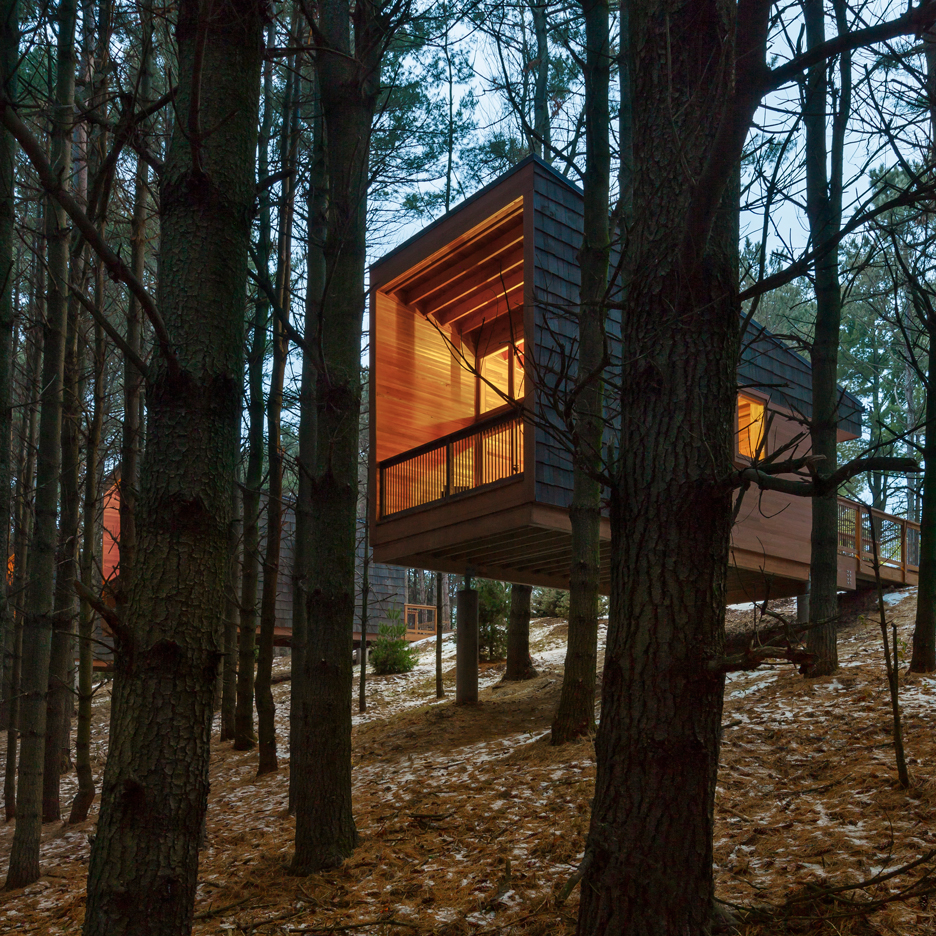
Nestled into the hillside of a new regional park, three camper cabins riff on the idea of a treehouse entered from a bridge at the crest of a hill. Built on concrete piers to minimise environmental impact, the 227-square-foot cabins with an 80-square-foot (seven square metres) deck feature red cedar glulam chassis, cedar and pine framing, and red cedar cladding. Two full-size bunks, dining and sitting areas accommodate four individuals, with a sleeper sofa and folding seating accommodating up to two more. Floor-to-ceiling glass doors frame views of the forest.
Independence Pass Residence; Aspen, Colorado by Bohlin Cywinski Jackson
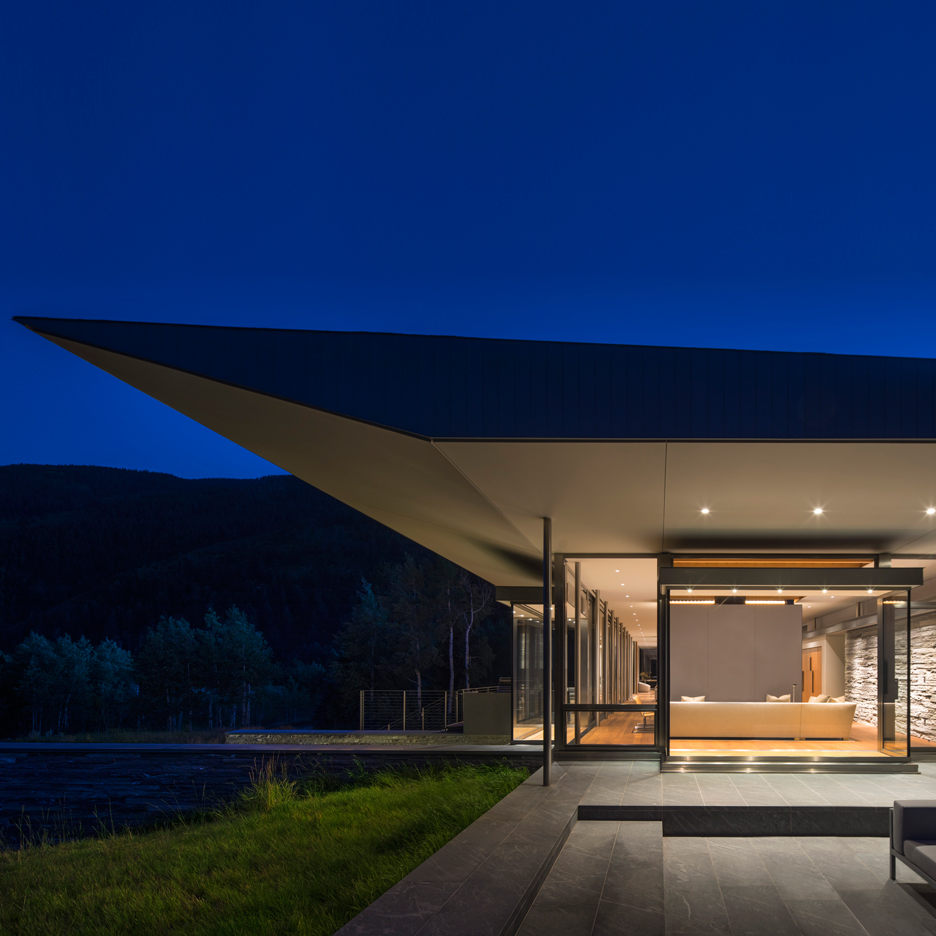
At the edge of a nature preserve, the Independence Pass Residence has sweeping views across an alpine meadow to the Roaring Fork River and the Rocky Mountains. The house stretches between two knolls, forming a threshold to the views. A series of textured Vals quartzite walls extend into the landscape on either side, giving weight to the lower level. The upper volume is a glass and wood pavilion with a roof that floats on slender stainless steel columns. Its position on the site, linear shape and the use of glass, steel and quartzite gives great strength to this mountain home.
Newberg Residence; Newberg, Oregon by Cutler Anderson Architects
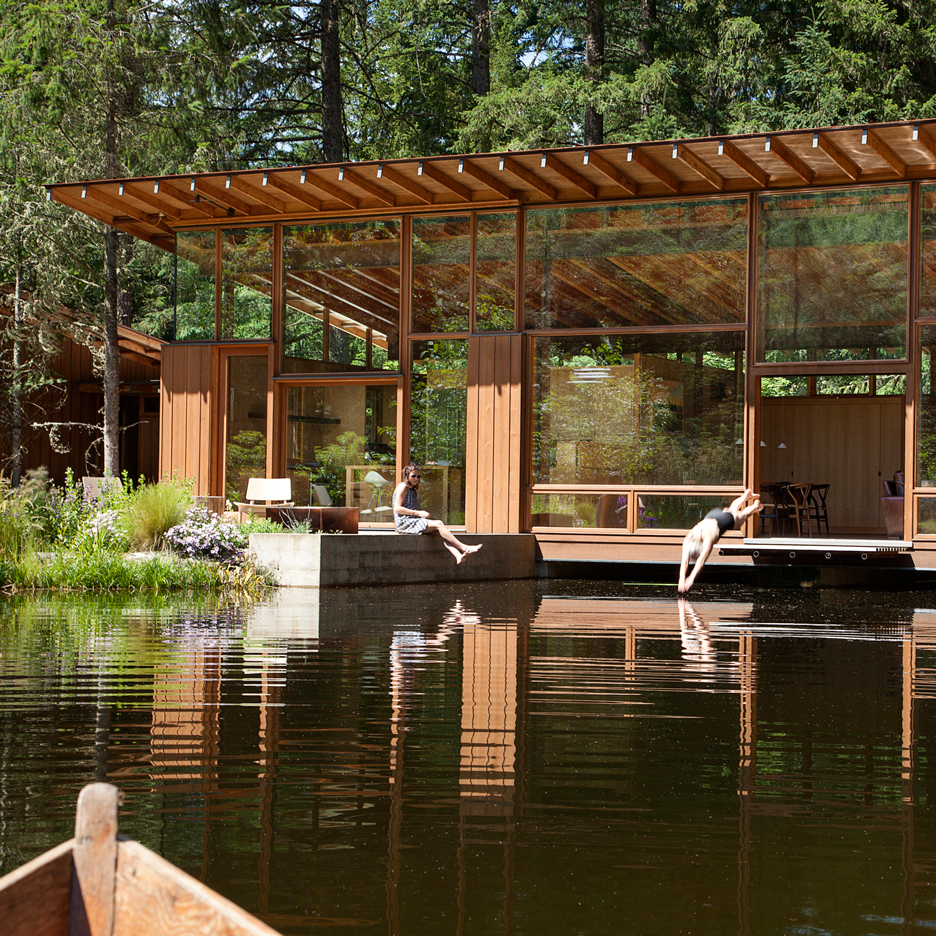
This single-family 1,440-square-foot (135 square metres) residence and 550-square-foot (51 square metres) guest house was designed so the owners can connect with the wild creatures that come to water regularly. The design attempts to make the pond and residence a single entity via entry through the forest, over a bridge from the north end of the pond. To maximise the Pacific Northwest light and warmth, the home uses south-facing LoE272 glazing, radiant heating, with wood and steel construction which were locally sourced.
Island Residence; Honolulu, Hawaii by Bohlin Cywinski Jackson
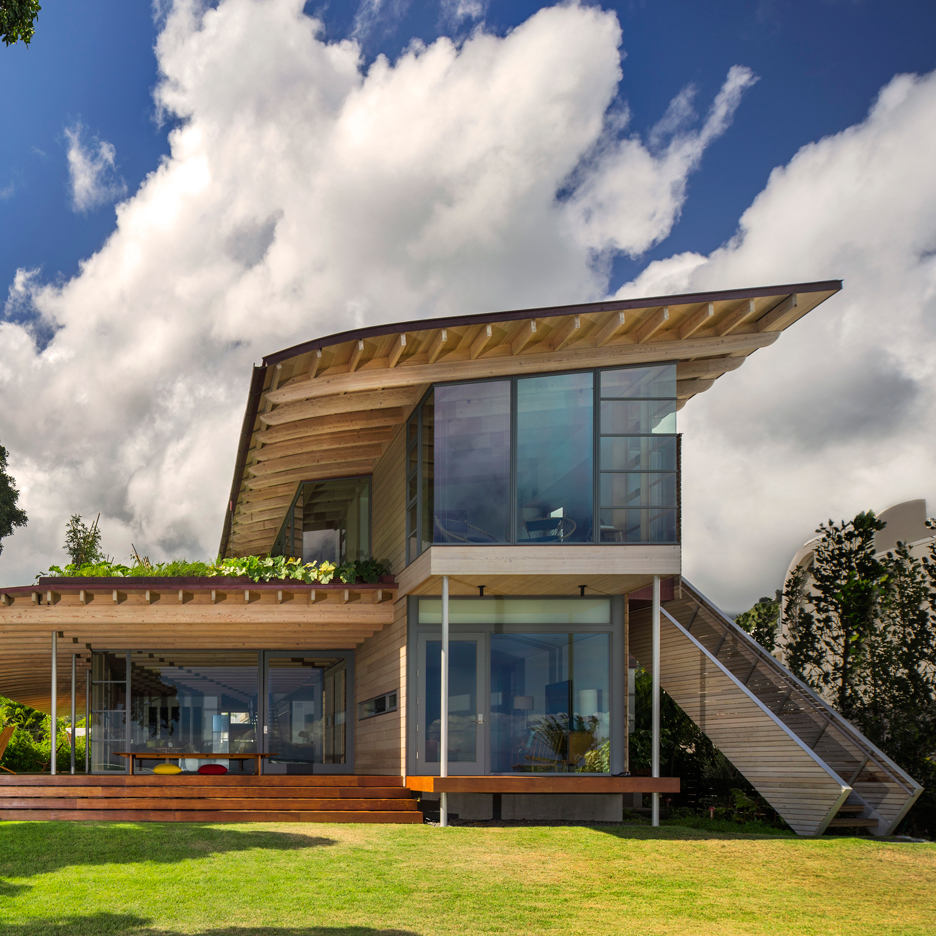
Situated on the ocean's coastline at a corner of an ancient fishpond, this private residence reflects the culture of the Hawaiian Islands by embracing its lush surroundings. The clients sought a modern expression that drew inspiration from their Japanese heritage, without being overly imitative or contrived. This influence is often subtle, manifesting itself through an attention to detail, an affinity for craftsmanship, and a delight in natural materials. The house has diverse outdoor spaces and a highly transparent envelope with intimate views of the landscape, the coastal reef and the surf.
Oak Ridge House; Jackson, Mississippi by Duvall Decker Architects
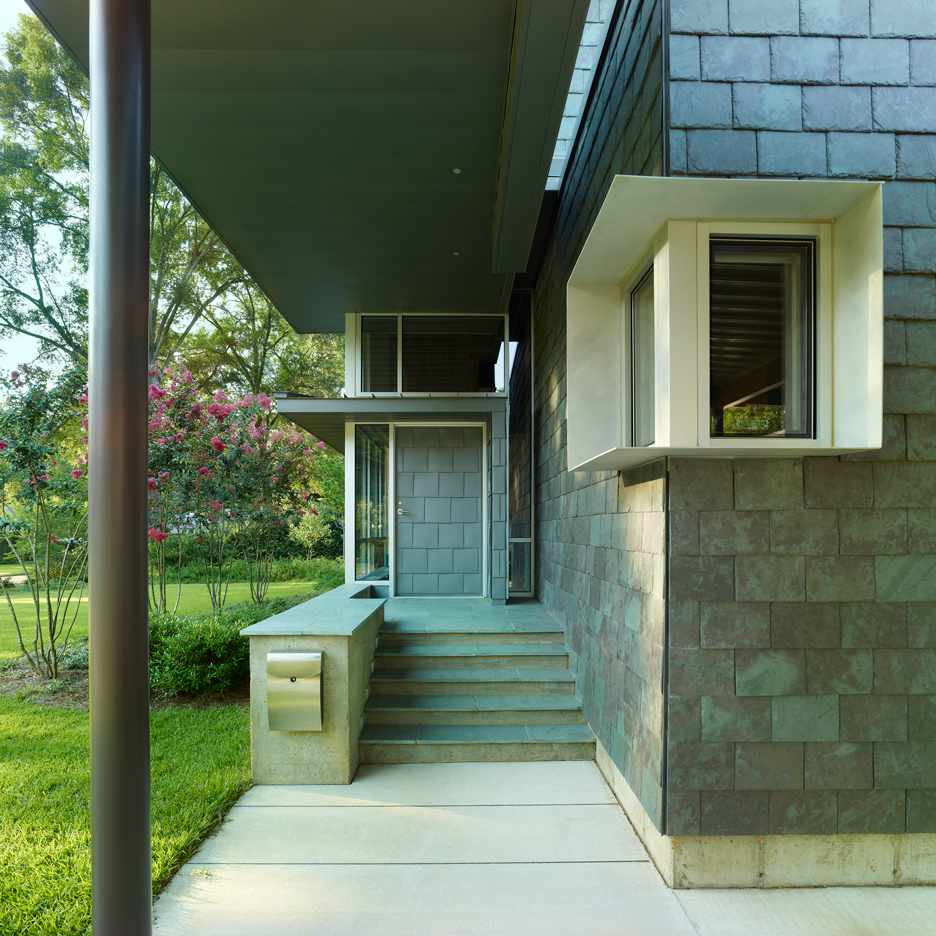
Home is not just a place of comfort and security, but also a process of locating ourselves in the world. There are times we seek to be enveloped, inside boundaries, and times we strive for risk. This house, located in Jackson, Mississippi, is designed as a scaffold for the experience of moving between these conditions, to inhabit and interpret each of them over time. It is shaped to draw the outdoors in, lure the family out, and provide an environmentally rich palette of spaces to accommodate the process of habitation.
Hog Pen Creek Retreat; Austin, Texas by Lake|Flato Architects
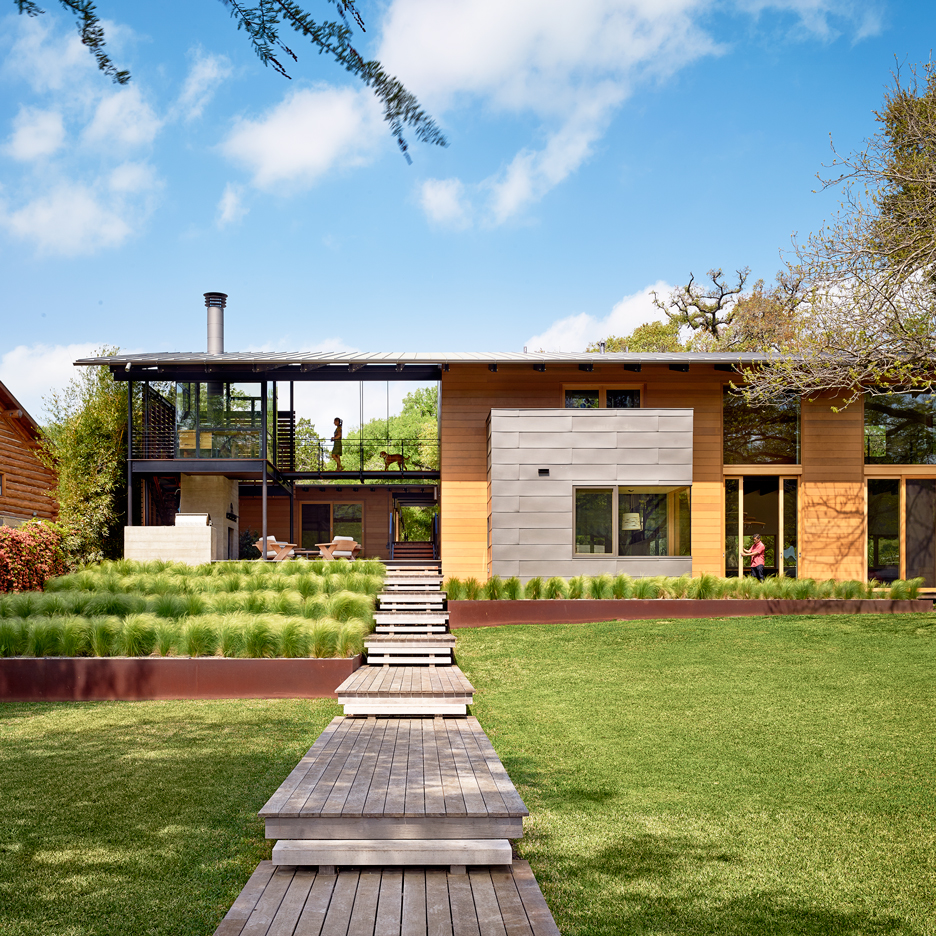
Situated at the confluence of Hog Pen Creek and Lake Austin, Hog Pen Creek Residence was envisioned by its owners as a place that evokes the playfulness of summer on the lake and emphasises exterior living space. Towering heritage oak trees, a steeply sloping site and aggressive setbacks from the water created challenging site constraints thoughtfully answered by the home's L-shaped footprint and orientation. A long exterior boardwalk connects a series of structures that stair step down the hillside, crossing a 75-foot (23 metres) lap pool and terminating at a screened pavilion by the water's edge.
1180 Fourth Street; San Francisco by Mithun|Solomon and Kennerly Architecture & Planning
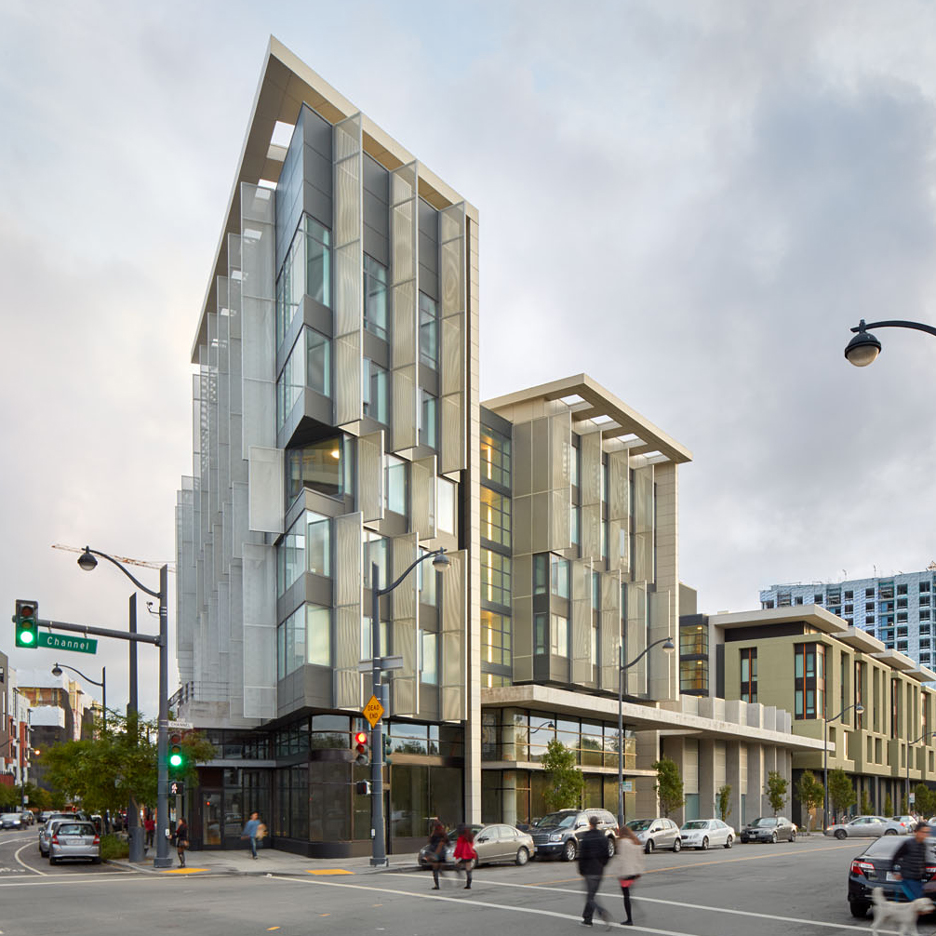
1180 Fourth Street marks a gateway to San Francisco's Mission Bay neighbourhood. It houses 150 low-income and formerly homeless households, plus 10,000 square feet (930 square metres) of restaurants and retail. The project occupies a full city block with a multi-level courtyard accessing tenant services, daycare, community gardens and common spaces. A generous community room serves the larger neighbourhood as well as the project. Amenities emphasise fitness, nutrition, education and community life. The project symbolises San Francisco's commitment to integrating dignified homes for the poorest citizens into the heart of the city.
Cloverdale749; Los Angeles by Lorcan O'Herlihy Architects
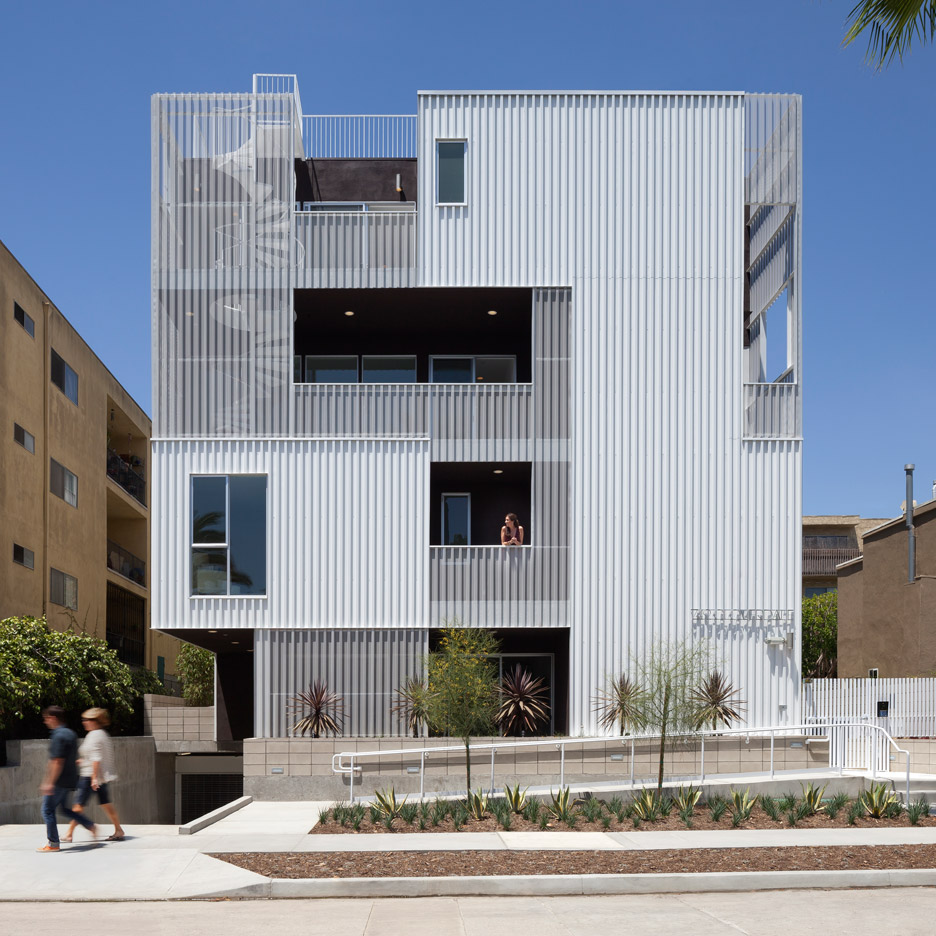
Cloverdale749's integration with its surroundings is upheld by carefully considered deck, window, and walkway placements wherein LOHA established a veil of transformable layers to promote a hybridised relationship between private and public spheres. While the building is deliberately contextual, the white form also presents a visually striking contrast on a street otherwise occupied by neutral stucco neighbours so typical of Southern California apartment structures, injecting a liveliness and strong contemporary presence into the urban fabric. Incorporating passively sustainable elements in the exterior cladding helps reduce the solar heat load on the building and its energy expenditures for cooling.
Commonwealth Honors College, University of Massachusetts; Amherst, Massachusetts by William Rawn Associates
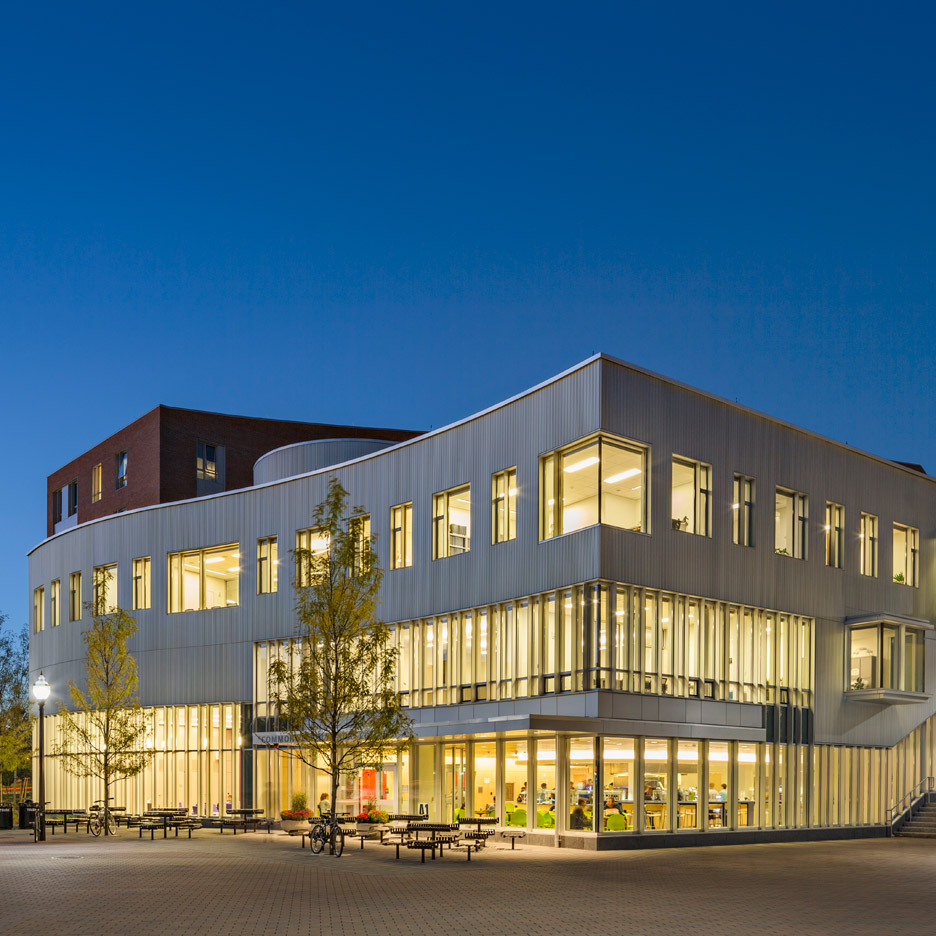
The Commonwealth Honors College Community brings together all classes of students in a mix of unit types that provides 1,500 beds in seven new buildings. The buildings are organised around intimately scaled courtyards that step down the hillside, creating the sense of an academic village for the University of Massachusetts Honors Community. "The new residential community is a game changer to make ourselves the university of choice for the commonwealth of Massachusetts, attracting the best motivated high school students," said dean Daniel Gordon.
Homeless Veterans Transitional Housing, VA Campus; Los Angeles by Leo A Daly
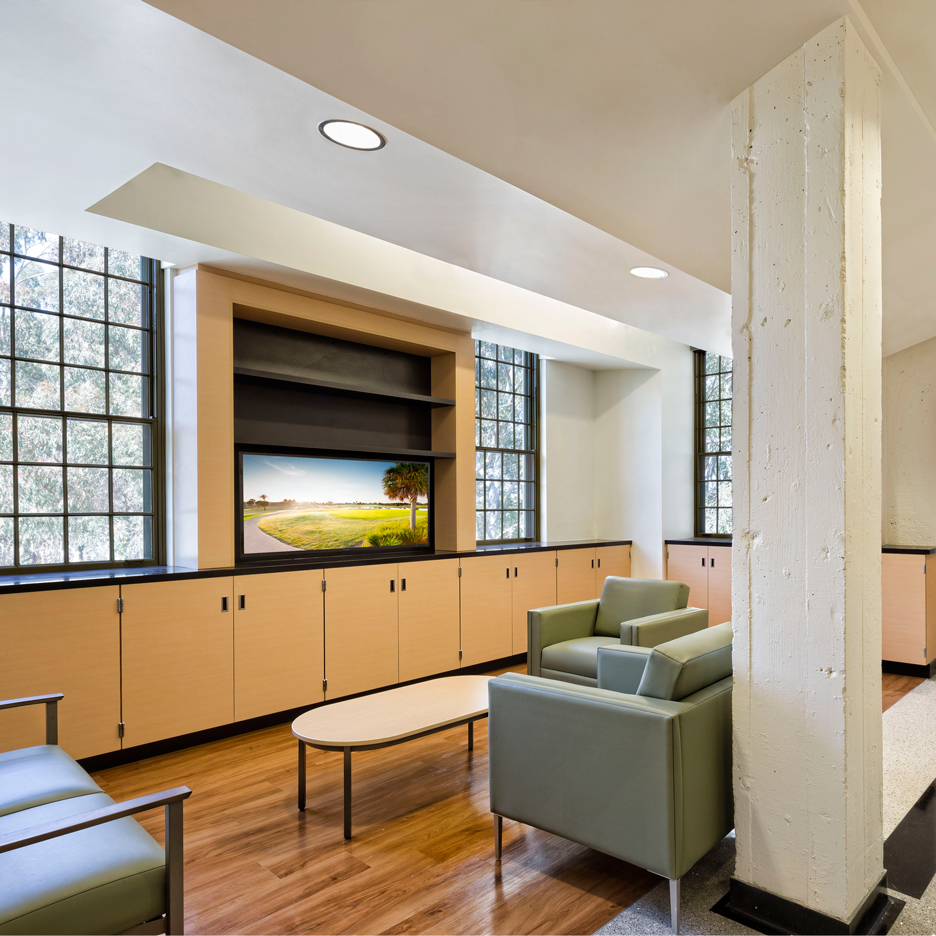
As part of the nation's vanguard effort to house its homeless veterans, the design team of Leo A Daly took a historic structure on the VA's West Los Angeles medical campus, a building that had been vacant for decades, and repurposed it, turning Building 209 – a 1940s-era clinic building – into an inviting new home for veterans. In the process, the building's exterior, designated a historic landmark by the Secretary of the Interior, was fully restored, and the former mental hospital transformed into modern therapeutic housing for 65 formerly homeless veterans.
Like Dezeen on Facebook for the latest architecture, interior and design news »